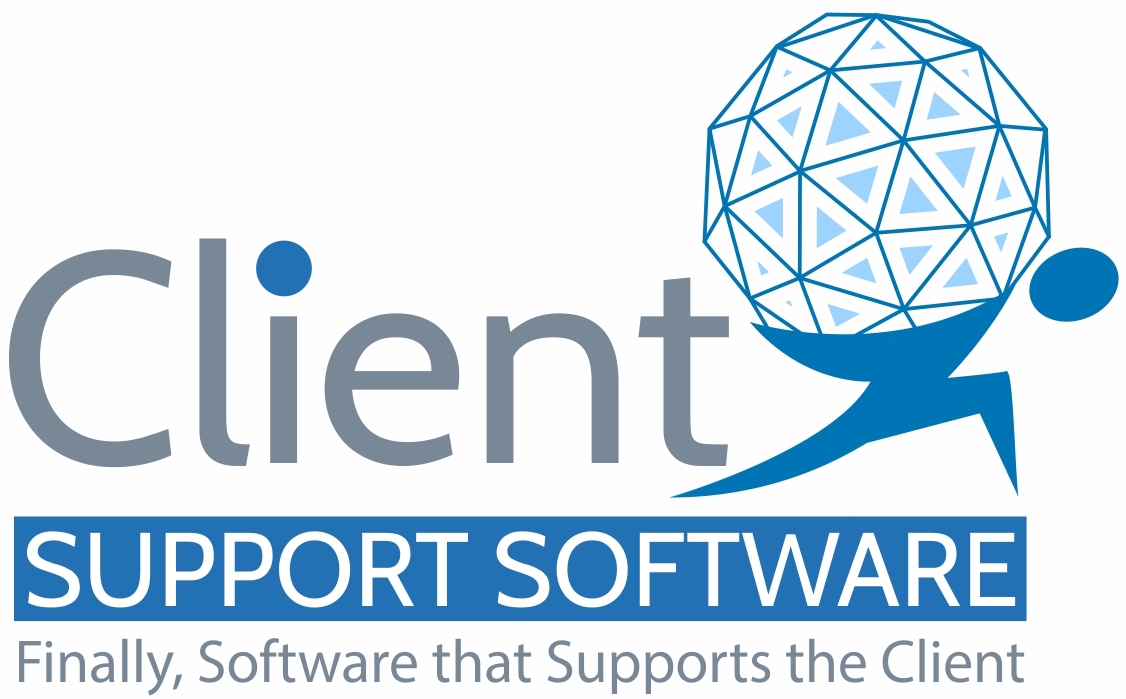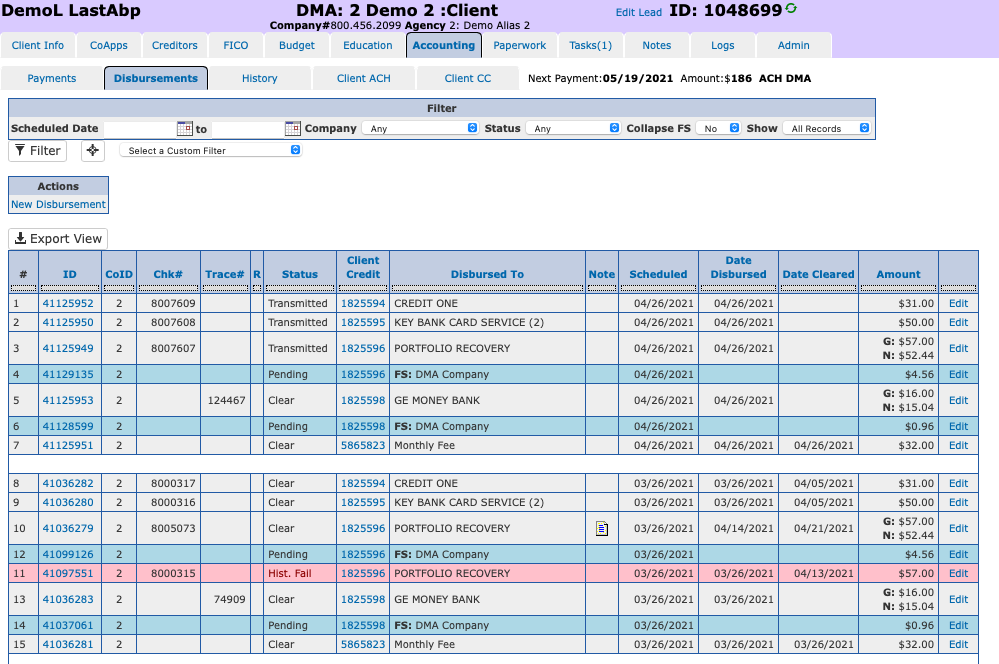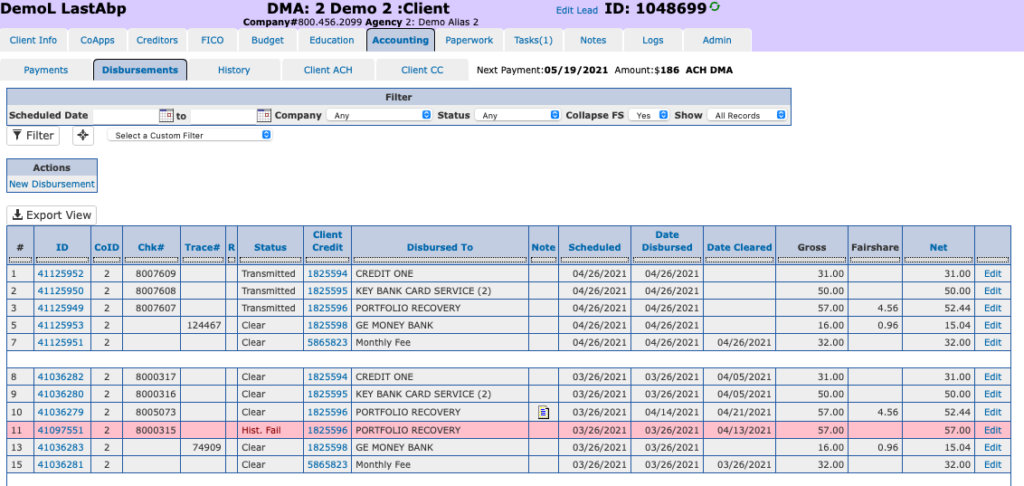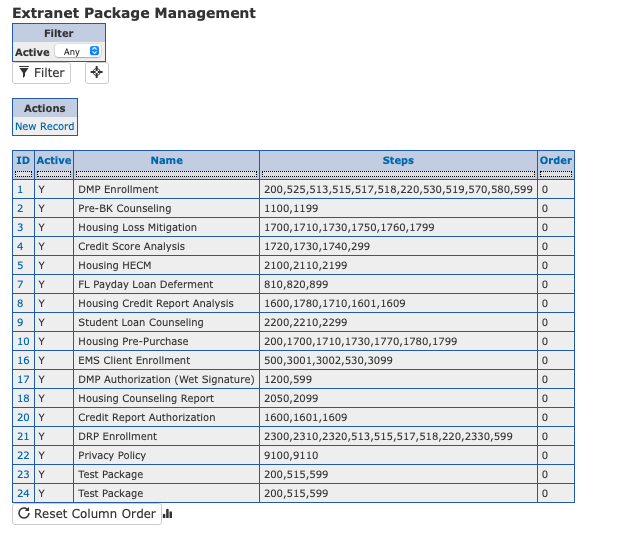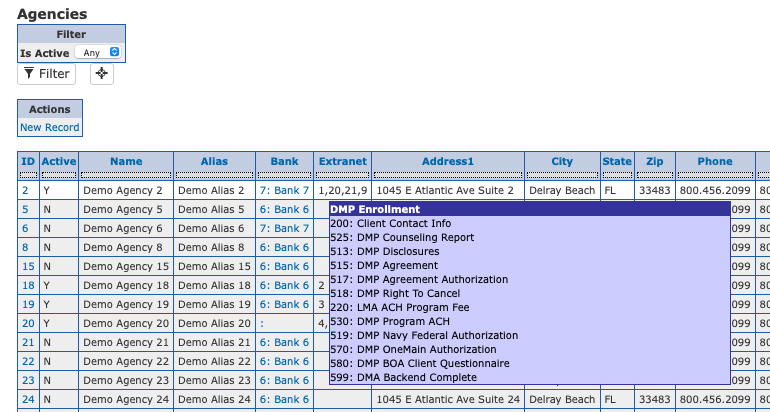We are happy to announce a new feature for Client Support Software’s CMA: Call Log Sentiment Analysis. This feature builds on yesterday’s addition of Call Log Transcription to provide sentiment analysis using OpenAI’s text-davinci-003 model. In this post, we will explain what sentiment analysis is and how it is useful to have in a CRM.
Sentiment analysis is the process of identifying and extracting the emotional tone and attitude of a speaker or writer from their words. It can help you understand how your customers feel about your products, services, or interactions with your agents. Sentiment analysis can also help measure customer satisfaction, loyalty, and retention.
With Call Log Sentiment Analysis, you can now automatically analyze the sentiment of your call transcripts using OpenAI’s text-davinci-003 model. This model is one of the most advanced natural language processing models available today. It can handle complex and nuanced language expressions and generate accurate and consistent sentiment scores.
Call Log Sentiment Analysis works by assigning a score between 1 and 5 to each call transcript. A score closer to 1 indicates a very negative sentiment, while a score closer to 5 indicates a very positive sentiment. In addition, the top three emotional tones are identified next to the sentiment score.
You can access Call Log Sentiment Analysis from the CMA Call Log Detail Report. You will see an emoji-coded display of your call transcript with the sentiment scores for the entire conversation. You can also filter your call logs by sentiment score using the “Sentiment” filter in your call log list.
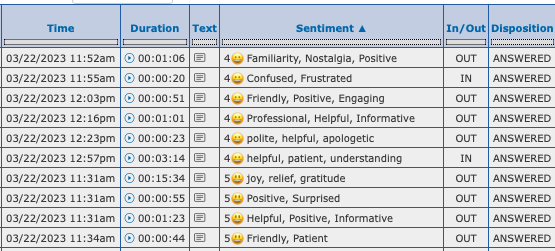
Call Log Sentiment Analysis can help you improve your customer service and sales performance in many ways. Here are some examples:
- You can identify unhappy or dissatisfied customers and take proactive actions to resolve their issues or offer them incentives.
- You can identify happy or satisfied customers and ask them for referrals, testimonials, or reviews.
- You can monitor the quality and effectiveness of your agents’ communication skills and provide them with feedback or training.
- You can discover insights into your customers’ needs, preferences, pain points, or objections and use them to improve your products or services.
- You can track trends and patterns in customer sentiment over time and across different segments or regions.
We hope you enjoy this new feature and find it useful for your business. We are always working on improving the CMA to provide you with the best tools for customer support and sales. If you have any questions or feedback about Call Log Sentiment Analysis or any other feature, please contact us.
